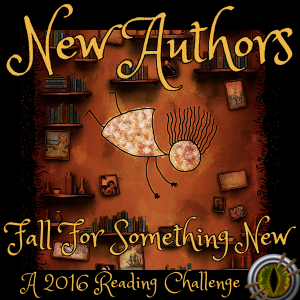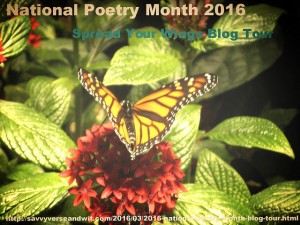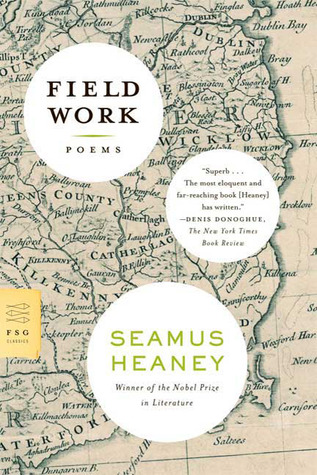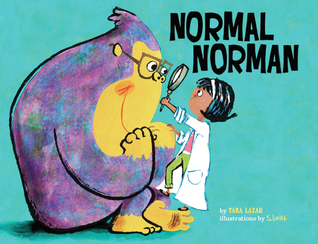
Hardcover, 264 pgs.
I am an Amazon Affiliate
This Is the Story of You by Beth Kephart has the slow build-up of a weather front across thousands of miles of ocean, and when it hits, you are still unprepared because you’re in denial that you’ll be blown away and that your life could be upended by one wisp of wind, let alone a hurricane. Invincibility is something many of us have in common at one point or another in our lives, whether it is in our teen years or later in life. Eventually, that illusion is shattered — by a death in the family, a near miss, an unexpected circumstance.
Mira Banul and her friends are from those families that live on Haven year-round, and they are not like the tourists who visit for the beach and sun in the summer months. Although their livelihoods can be dependent upon those summer tourists, their lives are more than just them. Mira is an observer, while her friends Deni and Eva are the fixer and optimist, respectively. Their personalities are big on the page as Kephart fully fleshes out these young ladies in description and in terms of their passions and quirks. Mira and her skates, Deni and her aviators (“walked around with two pools of reflected sky on her head”), and Eva and her stories about lost civilizations.
“‘Weather’s bigger than the rest of us.’
‘I wanted to stop it.’
‘No, Deni. All of us. None of us could stop it.'” (pg. 145)
As graduation nears for these ladies, it is hard for them to see past the current moment or the current projects. When Shift comes to town and breaks up their merry threesome, Mira and Deni are left wondering what the draw is to this mysterious boy who comes to Haven in the middle of the school year. Has Eva allowed herself to fall head-over-heels as she has done in the past, or is she merely being overly generous to the new kid in town? Deni wants to protect her, Mira wants to see how it all shakes out. In the background another storm is brewing, as nature decides its time to shake the trees.
If you’ve read other books by Kephart, you’ll see the birds in the trees and skies, and you may even perceive a nod to her previous work (at least, I thought of the one where the Schuylkill River is personified when Mira and her classmates talk about their Project Flows — or perhaps I read too many Kephart books, though I doubt that). Her prose is poetic and requires attention, but it is worth the extra time, falling into the worlds she creates and the realistic characters she crafts, though I suspect they guide her hand.
This Is the Story of You by Beth Kephart will astonish you with the resilience of young people, their drive to make things right, and their ability to withstand more than expected, but it is in the final pages that the true mystery is resolved. I will say this, I’m not often surprised by book endings or mysteries, but Kephart exceeded my detective skills for the first time in a long while. (I had suspicions, but not a fully formed conclusion.) Readers who love to immerse themselves in realistic places and explore humanity won’t be disappointed. Kephart is a talent at creating places that come alive and characters that grab hold of us emotionally.
**You’ve probably already suspected this is a contender for the best of 2016 list at the end of the year!**
RATING: Cinquain

Following the publication of five memoirs and FLOW, the autobiography of Philadelphia’s Schuylkill River, I’ve had the great pleasure of turning my attention to young adult fiction. UNDERCOVER and HOUSE OF DANCE were both named a best of the year by Kirkus and Bank Street. NOTHING BUT GHOSTS, A HEART IS NOT A SIZE, and DANGEROUS NEIGHBORS were critically acclaimed. In October YOU ARE MY ONLY will be released by Egmont USA. Next summer, Philomel will release SMALL DAMAGES. I am at work on a prequel to DANGEROUS NEIGHBORS, a novel for adults, and a memoir about teaching.
Other Books Reviewed:
- Dangerous Neighbors
- Nothing But Ghosts
- Undercover
- You Are My Only
- Small Damages
- Dr. Radway’s Sarsaparilla Resolvent
- Handling the Truth
- Flow: The Life and Times of Philadelphia’s Schuylkill River
- Nest. Flight. Sky.: On Love and Loss, One Wing at a Time
- Still Love in Strange Places
- Going Over
- One Thing Stolen
- LOVE: A Philadelphia Affair




 About the Poet:
About the Poet:




 About the Poet:
About the Poet:
 About the Author:
About the Author:





 About the Author:
About the Author:


